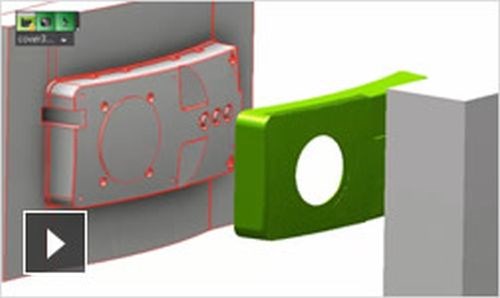Are You Optimizing Part Design and Manufacturability?
Autodesk presented a free webinar titled “Using the Power of DOE to Design Process and Part Improvement”. If you missed it, you can still access it here.

You build good molds, but with customers’ ever higher expectations for part quality and faster delivery, how can you be sure you are optimizing part designs and manufacturability? Can you back it up with data? Autodesk presented a free webinar titled “Using the Power of DOE to Design Process and Part Improvement” to show attendees how to ensure part design optimization. Jeff Higgins, technical specialist and Moldflow subject matter expert, was our presenter.
Attendees learned the following:
- The theory behind Design-of-Experiments (DOE) and how it works
- The different types of experiments that can be set up
- How to interpret the results from a DOE analysis.
Plus, examples of DOE analyses were shared and discussed.
Whether you already use Moldflow as a value added service for your customers or are considering implementing it, check out our archived presentation here.
If you'd like access to more resources on this and related topics, check out our Mold Flow and Simulation Zone for articles featured in MoldMaking Technology here.
Also, click here to read an Autodesk article titled "Design Right the First Time", in which the benefits of simulating both the injection molding and induction heating processes are discussed.
Related Content
-
How to Improve Your Current Efficiency Rate
An alternative approach to taking on more EDM-intensive work when technology and personnel investment is not an option.
-
MMT Chats: Solving Schedule and Capacity Challenges With ERP
For this MMT Chat, my guests hail from Omega Tool of Menomonee Falls, Wisconsin, who share their journey with using enterprise resource planning (ERP)—and their people—to solve their schedule and capacity load monitoring challenges.
-
Making Mentoring Work | MMT Chat Part 2
Three of the TK Mold and Engineering team in Romeo, Michigan join me for Part 2 of this MMT Chat on mentorship by sharing how the AMBA’s Meet a Mentor Program works, lessons learned (and applied) and the way your shop can join this effort.















